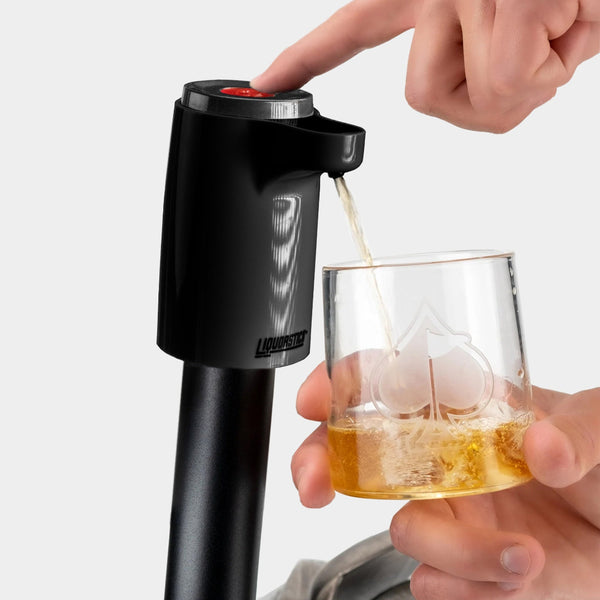Introduction to Golf Simulators
As a passionate golfer, I often find myself longing for the green even when I'm unable to physically be there. This is where golf simulators excel - they bring the game to us, allowing us to practice our swing, improve our handicap, and even play a full 18 holes from the comfort of our own homes or offices.
Golf simulators are essentially virtual golf systems that allow you to play a round on a graphically or photographically simulated driving range or golf course, usually in an indoor setting. They use a combination of advanced technology and software to replicate the golfing experience.
But as with any piece of technology, golf simulators come with a price tag. And depending on the features, brand, and other factors, this can range from a few hundred to several thousand dollars.
The Importance of Golf Simulators
Golf simulators are more than just a way to play golf indoors. They're a tool for serious golfers to improve their game, for casual players to enjoy the sport without the need for a course, and even for businesses to create unique entertainment experiences.
The benefits of golf simulators are many. For one, they allow you to play golf regardless of the weather or time of day. They also enable you to practice on simulated versions of famous golf courses around the world, offering a level of variety that no single physical course can match.
Furthermore, golf simulators often come with features that facilitate training and skill improvement. These can include swing analysis tools, multiple camera views, and adjustable conditions such as wind speed and direction. Such features make golf simulators a valuable tool for serious golfers looking to improve their game.
Factors Influencing Golf Simulator Pricing
As I delved into the world of golf simulators, I quickly realized that several factors can influence their pricing. These include the brand, the technology used, the features offered, and even the type of installation required.
Brand reputation and quality can significantly impact the cost of a golf simulator. Established brands with a history of high-quality products tend to command higher prices. Similarly, the technology used in the simulator plays a crucial role in determining its price. Advanced features like high-definition graphics, realistic ball physics, and accurate swing analysis tools can add to the cost.
The type of installation required can also influence the price. Portable simulators that can be easily set up and taken down are generally more affordable than permanent installations that require a dedicated space and professional installation.
Understanding the Range of Golf Simulator Prices
When I started researching golf simulator prices, I found that they can range from as low as $500 to as high as $70,000. The lower end of the price range typically includes basic portable simulators suitable for casual play, while the higher end consists of professional-grade simulators with advanced features and dedicated installations.
Mid-range golf simulators, which offer a balance of quality and affordability, can cost anywhere between $5,000 and $30,000. These simulators typically include more advanced features than budget options, such as improved graphics, more accurate sensors, and a wider selection of simulated courses.
Breakdown of Costs: Hardware, Software, and Installation
Golf simulator pricing can be broken down into three main components: hardware, software, and installation.
The hardware includes the physical components of the simulator, such as the projector, screen, sensors, and hitting mat. The cost of these components can vary widely based on their quality and the technology used.
The software is what brings the golf simulator to life, providing the graphics, physics, and interactivity that create the virtual golfing experience. High-quality software can provide a more realistic and immersive experience, but it also tends to cost more.
Installation costs can also add to the total price of a golf simulator. While some simulators are designed for easy self-assembly, others require professional installation, particularly if they are to be permanently installed in a dedicated space.
Price Comparison: High-end vs. Mid-range vs. Budget Golf Simulators
When comparing high-end, mid-range, and budget golf simulators, the differences in price largely come down to the quality of the components, the realism of the simulation, and the number and sophistication of features.
High-end golf simulators, which can cost upwards of $30,000, often offer the most realistic golfing experience. They use the highest-quality components and the most advanced software, providing features like 4K resolution, lifelike physics, and extensive swing analysis tools.
Mid-range golf simulators, priced between $5,000 and $30,000, offer a balance of quality and affordability. They typically provide a good level of realism and a decent selection of features, making them suitable for both serious golfers and casual players.
Budget golf simulators, costing less than $5,000, are the most affordable option. While they may not offer the same level of realism or variety of features as more expensive models, they can still provide a fun and convenient way to play golf indoors.
Hidden Costs in Golf Simulator Ownership
While the initial purchase price is a significant part of the cost of a golf simulator, it's also crucial to consider the hidden costs of ownership. These can include maintenance costs, software updates, electricity consumption, and even the cost of the space required for the simulator.
For example, certain components of a golf simulator, such as the projector or hitting mat, may need to be replaced over time due to wear and tear. Similarly, software updates, which can provide new features or improvements to the simulator, can sometimes come with a cost.
The electricity consumption of a golf simulator can also add to the cost of ownership, particularly for high-end models that use powerful projectors and computers. And if you need to dedicate a room or build an addition to your home to accommodate the simulator, this can represent a significant additional cost.
Tips for Buying a Cost-Effective Golf Simulator
In my quest for a cost-effective golf simulator, I discovered several tips that can help reduce costs without sacrificing too much in terms of quality or functionality.
-
Firstly, consider your needs and budget. If you're a casual player or just want a fun way to play golf indoors, a budget or mid-range simulator may be sufficient.
-
Secondly, consider buying a used golf simulator. Just like cars or other expensive equipment, golf simulators can often be found second-hand at a fraction of the cost of a new one.
-
Lastly, consider the total cost of ownership, not just the initial purchase price. This includes considering the cost of potential repairs or replacements, software updates, and ongoing electricity costs.
Conclusion: Making a Smart Investment in Golf Simulators
In conclusion, golf simulators represent a significant investment, but they can also provide a lot of value, particularly for serious golfers or businesses looking to create unique entertainment experiences.
By understanding the factors that influence golf simulator pricing, considering the total cost of ownership, and shopping smartly, you can find a golf simulator that fits your budget and needs.
Whether you're a seasoned golfer looking to improve your game, a casual player seeking a convenient way to play, or a business owner seeking a unique entertainment option, a golf simulator can be a smart and rewarding investment.




























